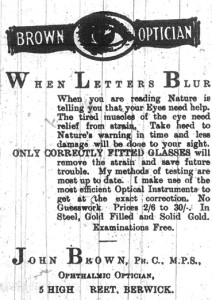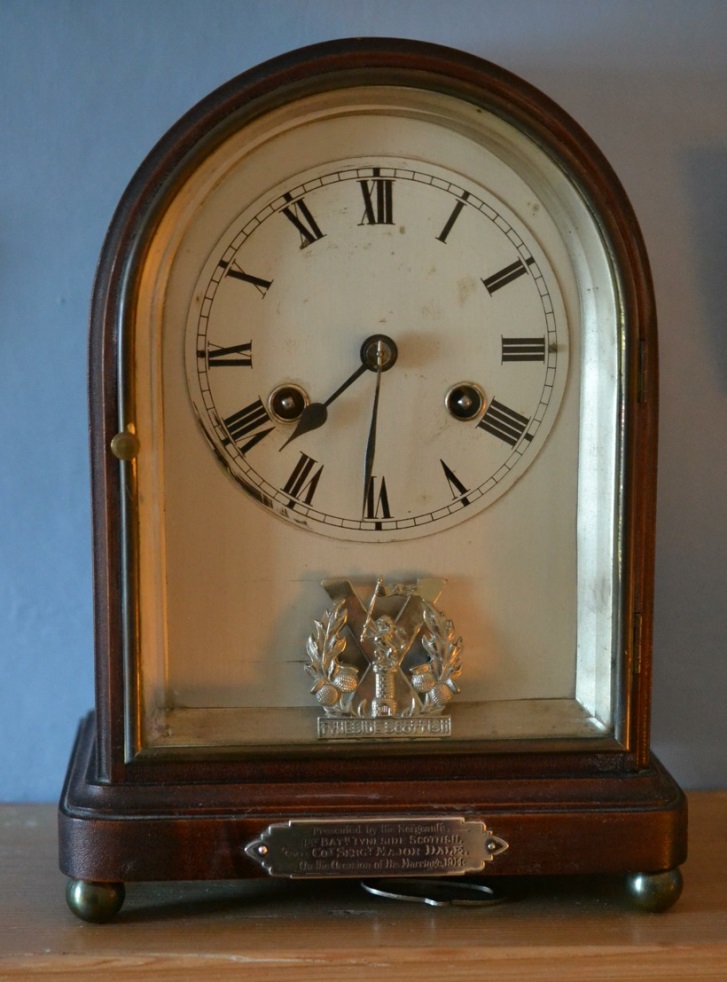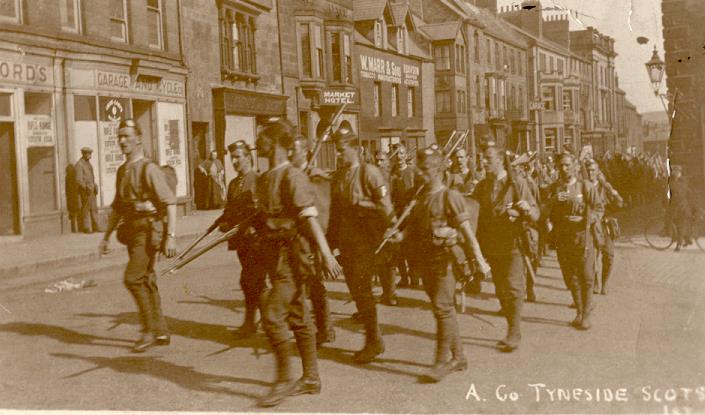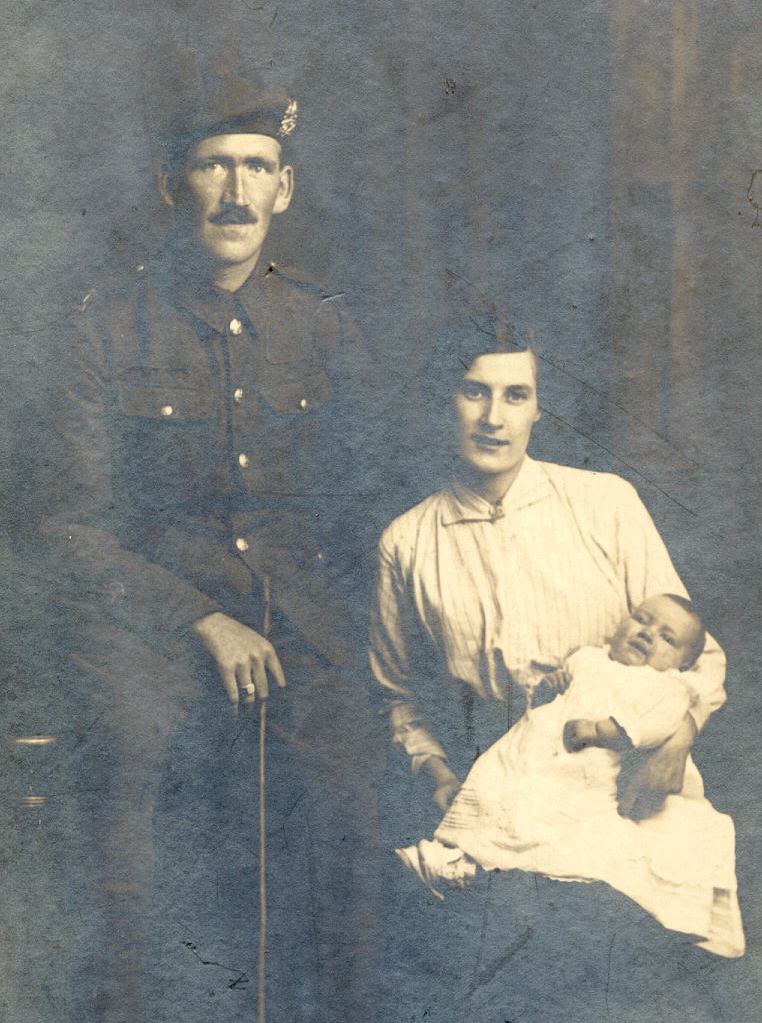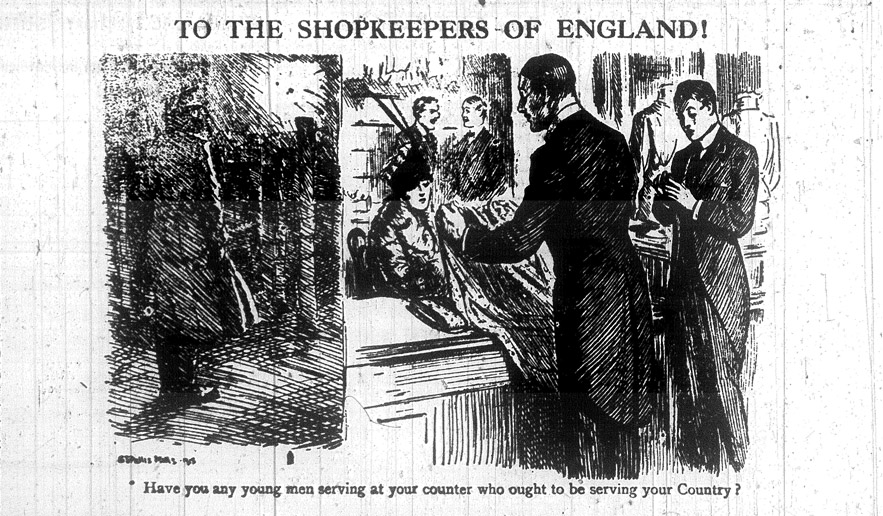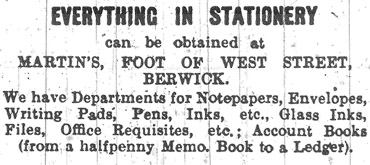26th FEBRUARY 1915
BOY SCOUT NOTES BY “REVEILLE”
The new headquarters of the Boy Scouts in Palace Green have proved to be just what were required to ensure the successful working of the movement during the winter months.
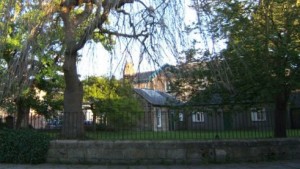
© Copyright Barbara Carr and licensed for reuse under this Creative Commons Licence
The building has been well used, a different troop having met each evening in the week, and the attendances have been exceptionally good. There is a pleasing keenness displayed by the boys which goes far to lighten the task of those who have their training in hand, and the number of badges that have been earned, proves that they are entering into the work in the proper spirit.
Large numbers of recruits have signed on during the past six months. Owing to the dearth of scoutmasters-a difficulty by the way, which has always had to be faced-those who were already in charge of troops have had an extremely busy time of it lately. The load has been lightened in no small way by the active assistance of Lieut. Graham, of Mossknow, Ecclefechan, who is at present attached to the K.O.S.B. depot. He is Scout Commissioner for Mid-Dumfries District, and also manages a troop. Lieut. Graham takes a very keen interest in boys and their work, and is much respected by the Scouts who readily take advantage of the instruction he so capably gives. The Scout Association is much indebted to Commissioner Graham for his kindly help.
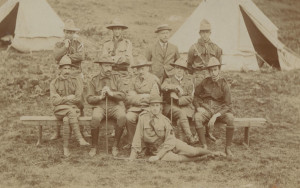
There is still room for further assistance, however, and any interested friends of the movement will be welcomed at Headquarters any evening excepting Saturdays, to see for themselves the nature of the instruction.
The weather has been propitious enough on one or two occasions of late to permit of outdoor work being undertaken. Many of the tests for badges were done indoors, but those that necessitated an outside area were gone through when the patrols had their outings. Since Mr Thompson Seton’s lecture at Berwick, patrol calls have been sounded with greater courage and efficiency, especially when the bricks and mortar have been left behind and the fields and sea banks gained.
The north-country temperament prevents the boy from doing what he thinks may cause people to laugh at him; he certainly laughed at Mr Seton’s admirable imitation of the cries of the wolf and the elk. However, when this natural shyness is overcome and animals have been studied the scout may be pleased to display his abilities, and not, let us hope, to the regret of his older neighbours.
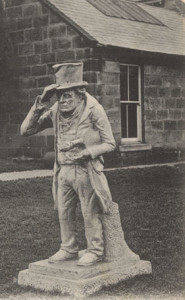
The various troops have been equipped with neckerchiefs and shoulder knots, so that, in future, there will be greater uniformity among the members of the various units.
In order to raise funds for the local association, a whist drive is to be held in the Good Templar Hall next Tuesday.
The outside of the Headquarters has been painted and the place has quite a fresh appearance. “Jimmie Strength” has also received a new “coat”.
Horncliffe Troop is going on well under Mr Robson, the Council Schoolmaster.
The latest local scout to receive his King’s Scout badge is Patrol leader J. M. Dodds of the Grammar School troop, who has something like eighteen proficiency badges.
A number of excellent models of bridges and several useful stools and other household furniture have been made by
the scouts. If sufficient are produced before the winter season finishes it may be possible to have an exhibition of these things.
